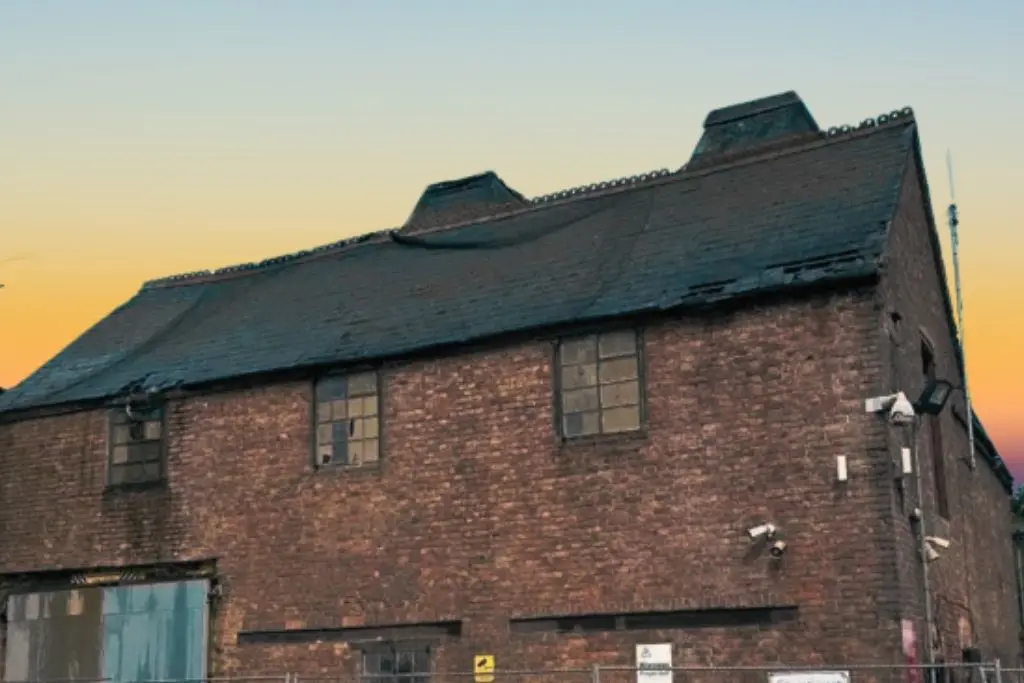A historic oast house at a Sevenoaks quarry will be brought back to life as a community hub for a major new housing estate. The Grade II-listed building is a central part of a 950-home development, approved in June 2023, which is one of the largest planned in west Kent.

Quarry’s New Future
The quarry on the northern edge of Sevenoaks has been used for extracting sand since 1928. Operations are expected to continue until the end of the decade, but planning consent has already paved the way for its transformation into a residential neighbourhood.
The scale of the scheme – 950 homes – will have a major impact on the town’s growth. The oast house, which sits in the middle of the site, is being put forward as the focal point of the new development.
From Hop Drying to Community Hub
Oast houses are part of Kent’s rural history, once used to dry hops for the brewing industry. While many have since been converted into homes, the Sevenoaks example has remained derelict.
Sevenoaks Town Council commissioned a feasibility study that proposed a new role for the building. Options include a café, flexible space for small shops, and family facilities. Councillors say this will provide a meeting place for new and existing residents.
Councillor Claire Shea, who represents part of the town, said the project would help prevent the development from becoming isolated. “That development up at the quarry will only succeed if it’s a real community at the outset,” she said. “By creating a community asset right at the beginning, we can ensure the development integrates into existing Sevenoaks and becomes a real community rather than just a satellite of it.”
The council is expected to take ownership of the building from Tarmac before restoration work begins. Conservation will focus on the building’s historic brickwork and cone-shaped roof, features that led to its Grade II listing.
Tied to Housing Development
The restoration is closely linked to the housing scheme. With extraction scheduled to wind down by 2030, the quarry will be reshaped into a large residential area. The new homes are intended to address local demand, which has risen sharply across the South East.
Officials say the oast house will help give the development an identity from the start. The aim is to avoid creating what some critics call “dormitory estates”: large housing projects that remain detached from nearby towns.
Residents Raise Concerns
While the focus on heritage has been welcomed, the development has also drawn concern. Some residents worry about the strain nearly a thousand homes could place on services such as schools, GP surgeries and transport links.
Community groups in Sevenoaks have urged the council to prioritise infrastructure. They argue that without new facilities, the extra demand will overwhelm services already under pressure.
The Sevenoaks and District Chamber of Commerce has expressed cautious support. It said the project could provide construction jobs and economic benefits but warned that growth must be managed carefully to prevent disruption.
Balancing Growth with History
The redevelopment illustrates a wider issue faced by towns across the UK – how to meet housing targets while protecting heritage. For Sevenoaks, the oast house is seen as a way of linking past and future.
By placing the building at the centre of the estate, the council hopes to reinforce local character and build a sense of belonging. The approach also reflects a broader planning trend towards including community assets early in large-scale schemes.
Next Steps
The council will now submit its feasibility study to Tarmac and begin the process of requesting ownership. Once transferred, detailed plans and a construction timetable will be drawn up.
Restoration is expected to take place early in the building phase so the hub is ready as residents begin moving in.
A Symbol of Transition
For much of the last century, the quarry has been an industrial site, closed off from the town. When sand extraction ends, the landscape will shift to housing, families and shared public space.
The oast house, once part of Kent’s agricultural economy, will stand as a reminder of that history. For councillors and planners, its survival is intended to show that development does not have to mean losing local character.
As Sevenoaks prepares for one of the largest building projects in its history, the restoration of the oast house is being presented as both a practical community asset and a symbol of continuity.


